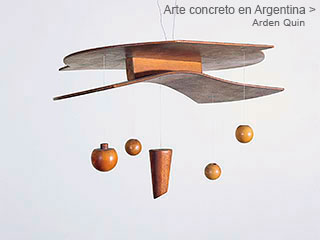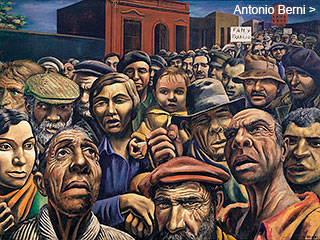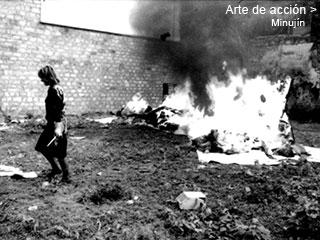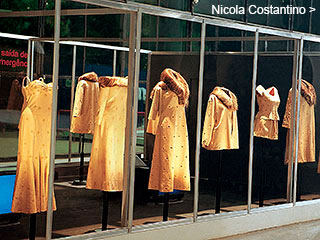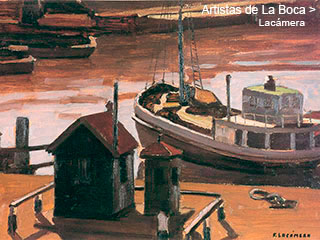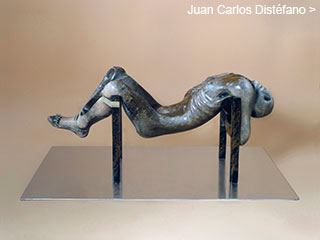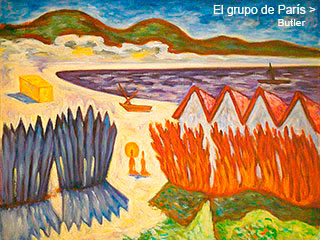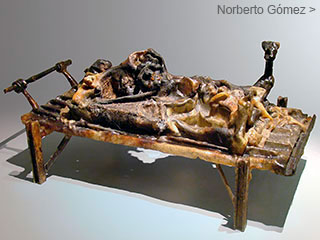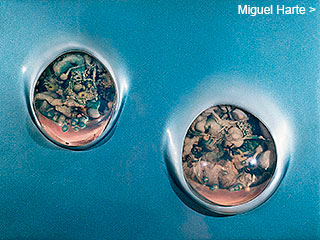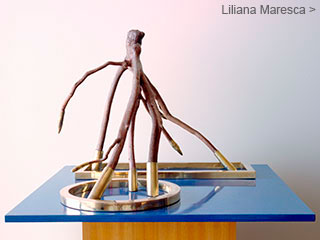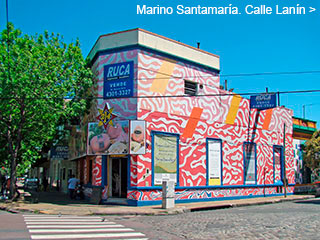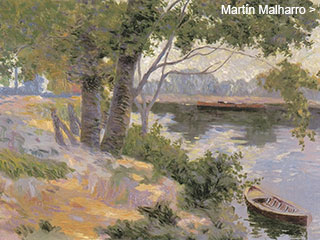Menú
Algunos dossiers
Juan Carlos
Distéfano
Distéfano
by
Adriana Lauria and Enrique Llambías
January 2003
January 2003
The dossier on Juan Carlos Distéfano spans from the time of his beginnings
as a painter to his recent works as a sculptor, a first for the CVAA. It covers
over forty years of his work and his commitment to art and reality. A special section offers a view on his work as a graphic designer, which he carried out mostly at the Di Tella Institute.
as a painter to his recent works as a sculptor, a first for the CVAA. It covers
over forty years of his work and his commitment to art and reality. A special section offers a view on his work as a graphic designer, which he carried out mostly at the Di Tella Institute.
1998
sculptures on polyester. This reveals the work system of the conscientious and methodical artist, who prefers not to rush the creative process and the technical aspects, which are in themselves laborious, in order to give body to the idea that haunts him as best he can.
Among the numerous comments giving praise to the work and the show, Ana María Battistozzi writes in Clarín:
“A retrospective is not a mere sequence of the past and the present in the artist’s career; it is also a shortcut to its creative process, a way to circle its ideas until they take on a sensitive appearance. In the case of Juan Carlos Distéfano [...] one could say, as well, that the display of a retrospective is a way to get closer to the reality of the contemporary subject from its ends.
Inhabited by the principle of conflict, his work has the man as the main character of a drama displayed with no calm. Marked by the tensions of our time, his figures seem to suggest that there is no possible redemption, at least not in this world.
Distéfano, who opened up to creation through painting and graphic design, has recalled a key experience that made him express his art in space: the impression that the frescoes of Masaccio in the Brancacci Chapel in Florence had in him at the time.
more


